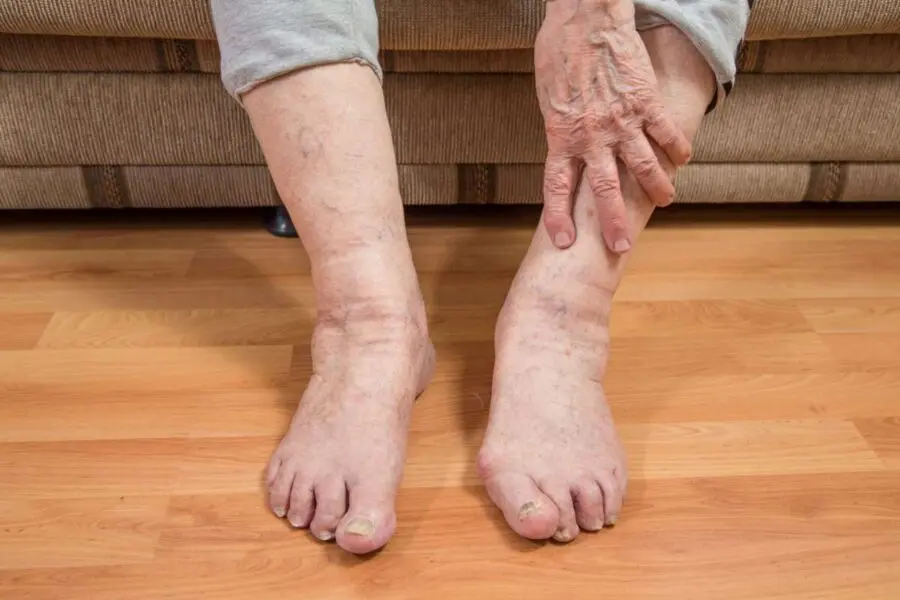
Even healthy feet are susceptible to trauma and the accompanying damage. What about foot deformities, though?
In fact, under the required circumstances, any foot can develop a deformity. Let’s take a look at some of the disorders that might cause misshapen feet, as well as some of the treatment options available.
The various foot deformities
It is vital to distinguish the many types of foot deformities before describing the symptoms that can overwhelm a patient with plantar abnormalities.
There are seven different types of plantar abnormalities that can affect adults:
- The flat foot: The flat foot has a sagging arch, unlike the usual, healthy foot. Almost everyone has this type of foot during early childhood.
- The cavus foot: A so-called “hollow” foot is characterized by an arch that is too pronounced. Although it is regularly associated with genetic factors, hollow foot is also found in athletes or in association with neurological disorders.
- Clubfoot: This is a type of foot malformation that is split into two types: positional clubfoot and idiopathic clubfoot. The first is caused by the fetus’s location in the pregnancy, while the second is a real foot deformity. Idiopathic clubfoot has weaker musculoskeletal systems, which necessitates more intrusive therapy.
- Hallux valgus (foot bunion): The foot bunion is an outward bend of the big toe joint. It primarily affects women who wear high heels on a regular basis.
- Quintus varus (tailor’s bunion): Also known as the bunionette, this is a foot deformity that affects the little toe. The fifth toe is usually higher than the fourth in the most severe cases.
- Hammertoes: In this situation, the toes bump into each other, increasing the risk of toe dislocation.
- Hallux rigidus: This here is a form of arthritis that affects the joint of the big toe by stiffening it, thus causing deformities.
Foot deformity symptoms
Despite the fact that the many deformities that might afflict the foot are distinct, they all produce discomfort.
Most foot abnormalities are also connected with the following symptoms:
- Intermittent or persistent pain in the feet;
- Joint pain associated with musculoskeletal compensation;
- Difficulty getting dressed comfortably;
- Limited mobility of the foot, toes, or ankle;
- The accumulation of corns and calluses;
- A change in the way you walk (pronation);
- Deformities of the toenails or a tendency to have repeated ingrown toenails;
- Dermatological irritation of the foot and toes;
- Cracks in the feet or splits in the heels;
- Lower back discomfort.
It is possible to cure foot deformities before they become genuinely detrimental by detecting these warning signs.
The following complications should be anticipated if therapy is not received promptly:
- Plantar fasciitis;
- Heel spur;
- Morton’s neuroma;
- Metatarsalgia;
- Bursitis;
- Postural deformity;
- Multiple tendinitis;
- Capsulitis;
- Osteoarthritis;
- Achilles tendinitis.
Causes and risk factors
Although there are many different types of foot deformities, the majority of them may be traced back to a few common causes.
These causes are usually:
- Heredity;
- Obesity;
- Wearing shoes that are too small or poorly fitted to the feet;
- A degenerative disease like arthritis;
- Growing older;
- A chronic disease like diabetes;
- Walking barefoot;
- A poorly treated injury or infection of the foot;
- Regular participation in a high-intensity sport, such as running.
How to prevent foot deformities
Although not all foot deformities can be avoided, those that are, can benefit from preventative treatments.
The following preventive measures will help you avoid developing a foot deformity:
- High-heeled shoes and sandals that do not support the heels should be avoided.
- Make sure your shoes have enough area for your toes.
- Maintain a healthy body mass index (BMI).
- To properly mobilize the structures of the foot, perform strengthening exercises and stretches.
- If the pain persists, stay away from high-intensity sports.
- Cycling, walking, and swimming are all low- to moderate-intensity exercises that can help you avoid the negative impacts of a sedentary lifestyle.
If these practices aren’t enough to keep your feet from deforming, you should see a doctor or a podiatrist.
Podiatric treatments
The treatment for plantar deformity is always determined by the diagnosis made by the patient’s podiatrist.
Typically, foot abnormalities are addressed with therapies such as:
- The prescription of custom-made foot orthoses;
- Wearing orthopedic shoes;
- The use of day or night splints;
- Wearing relief shoes;
- The removal of troublesome corns and calluses;
- Cortisone injection;
- The prescription of anti-inflammatory medications;
- Manual foot therapy.
Podiatric surgery is not immediately considered, but may be, for severe foot deformities.
PiedRéseau – Learn more
Would you like to learn more about foot deformities? We publish material on this topic on a regular basis!
On the other hand, while the PiedRéseau website contains plenty of useful information, nothing beats a face-to-face consultation at a clinic.
Take care of your feet, they’re precious!